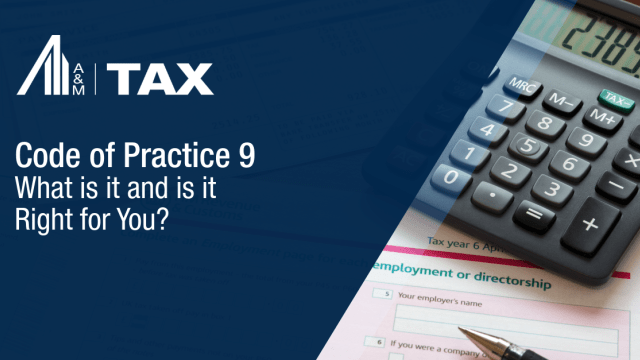Software-as-a-Service (SaaS): Insights and Issues for Investors
Software-as-a-Service (SaaS)1 is no longer an emerging technology segment. It’s big and getting bigger – and here to stay. The technology research and advisory firm IDC predicts that spending on private cloud services will grow from $9 billion in 2013 to $24 billion in 20162 – and public IT cloud services spending will grow from $47 billion in 2013 to $107 billion in 2017.3
With 2013 revenue of more than $3 billion4, Salesforce.com, the largest SaaS pure play, has a market capitalization in excess of $36 billion5. While perpetual licensing remains core to legacy software companies’ business models, most legacy providers are well into the process of shifting their focus to SaaS. Oracle, for example, saw SaaS revenue grow by 50 percent year over year to more than $1 billion in 2013.6 As SaaS goes mainstream in an increasing number of market segments and solution categories, it is becoming clear that this is the future of software delivery.
SaaS Benefits
The SaaS model offers significant benefits to customers and providers. Because they don’t have to host the software – and it’s updated automatically – customers enjoy on-demand application access with lower upfront and ongoing costs. Implementation is faster and switching costs lower. By giving them the flexibility to scale usage rapidly, SaaS helps customers become more agile.
SaaS providers benefit from a model with shorter release cycles, giving them greater flexibility to respond to customer needs. Competitive pricing, shorter sales cycles and lower barriers to sales make SaaS easier to sell than traditional on-premise software. With all users on the same (current) software release, providers don’t have the expense of supporting legacy software versions.
The SaaS model also gives providers more predictable revenue and better opportunity to leverage costs, leading to a higher value proposition, as can be seen by these recent multiples.


